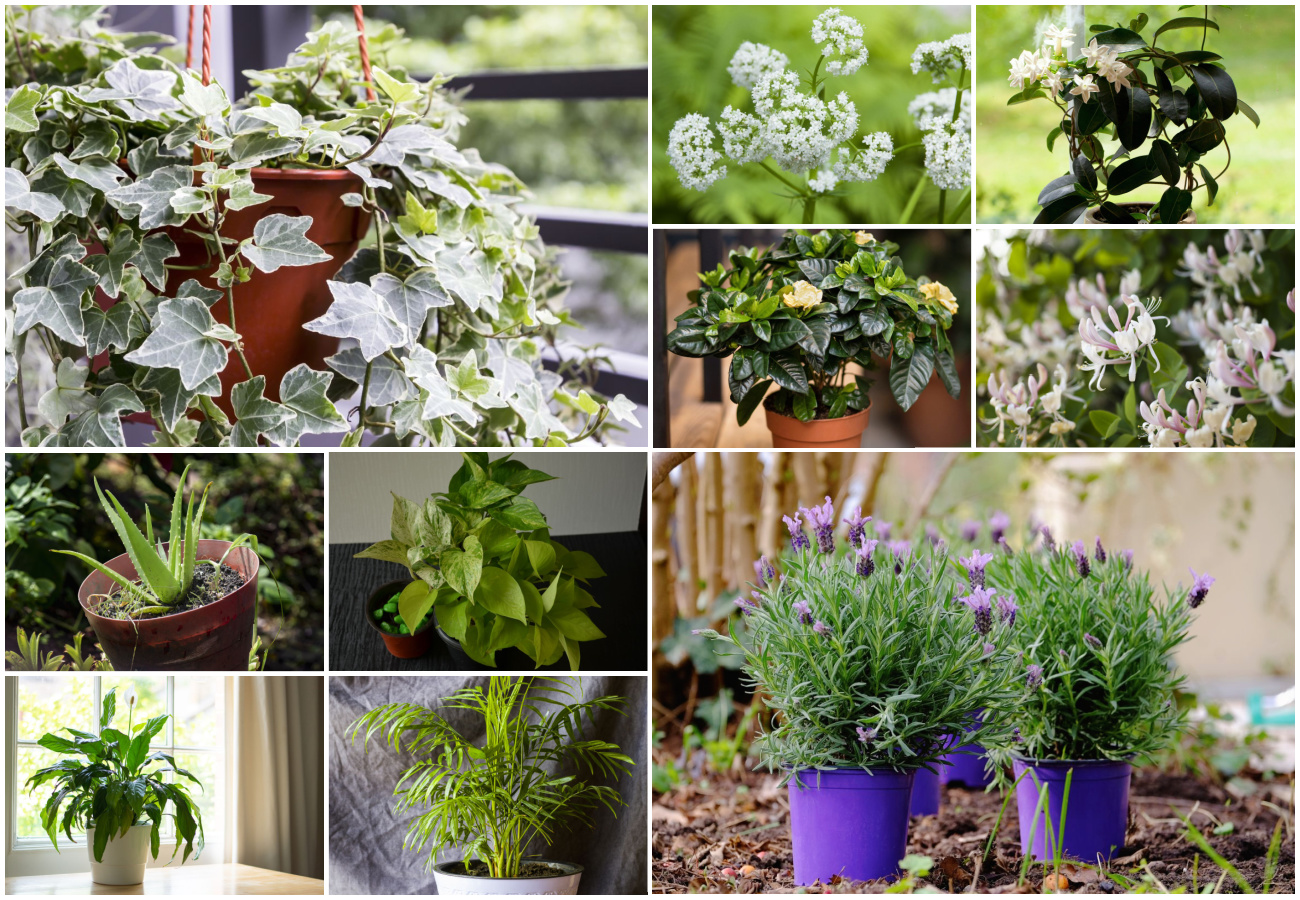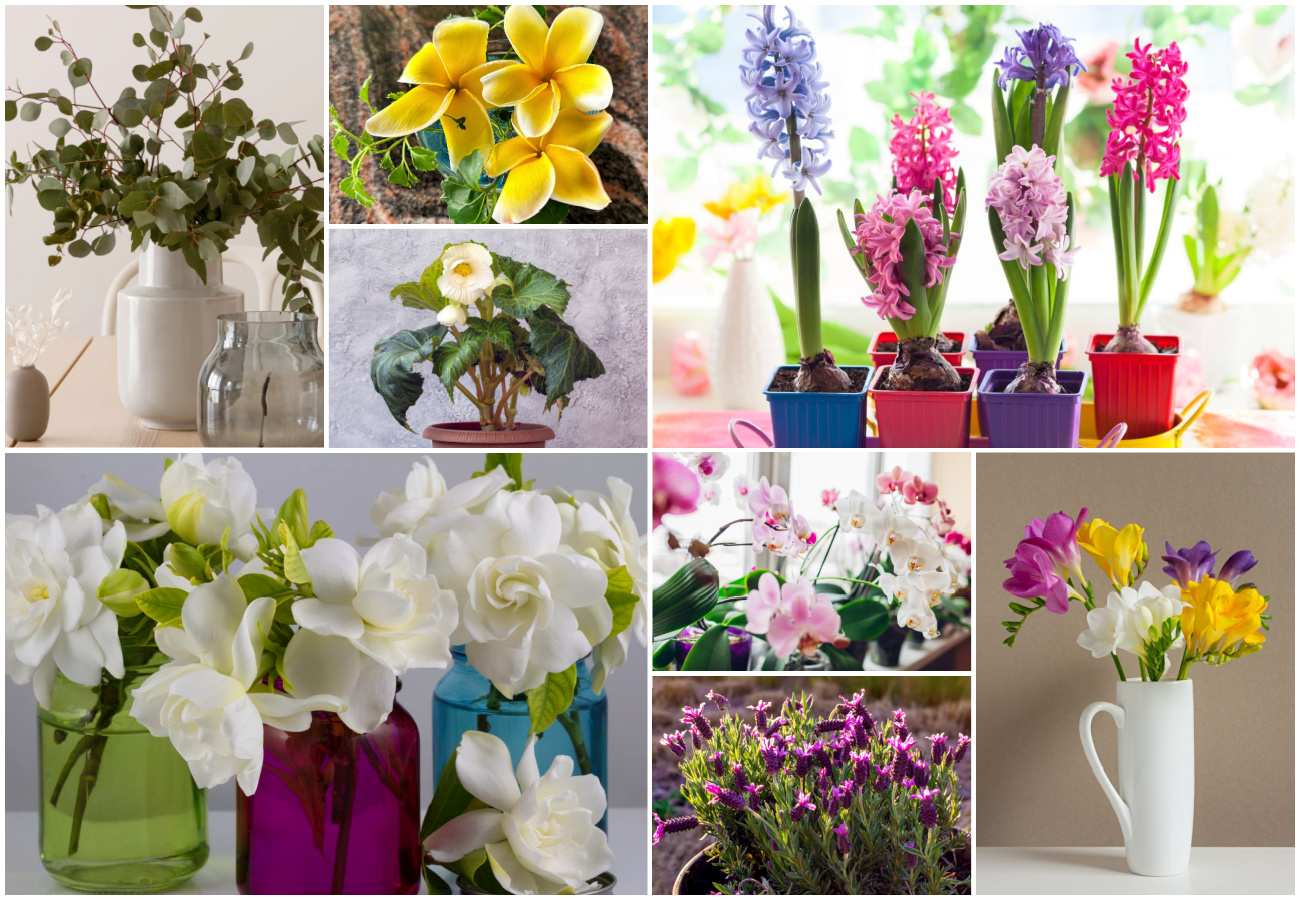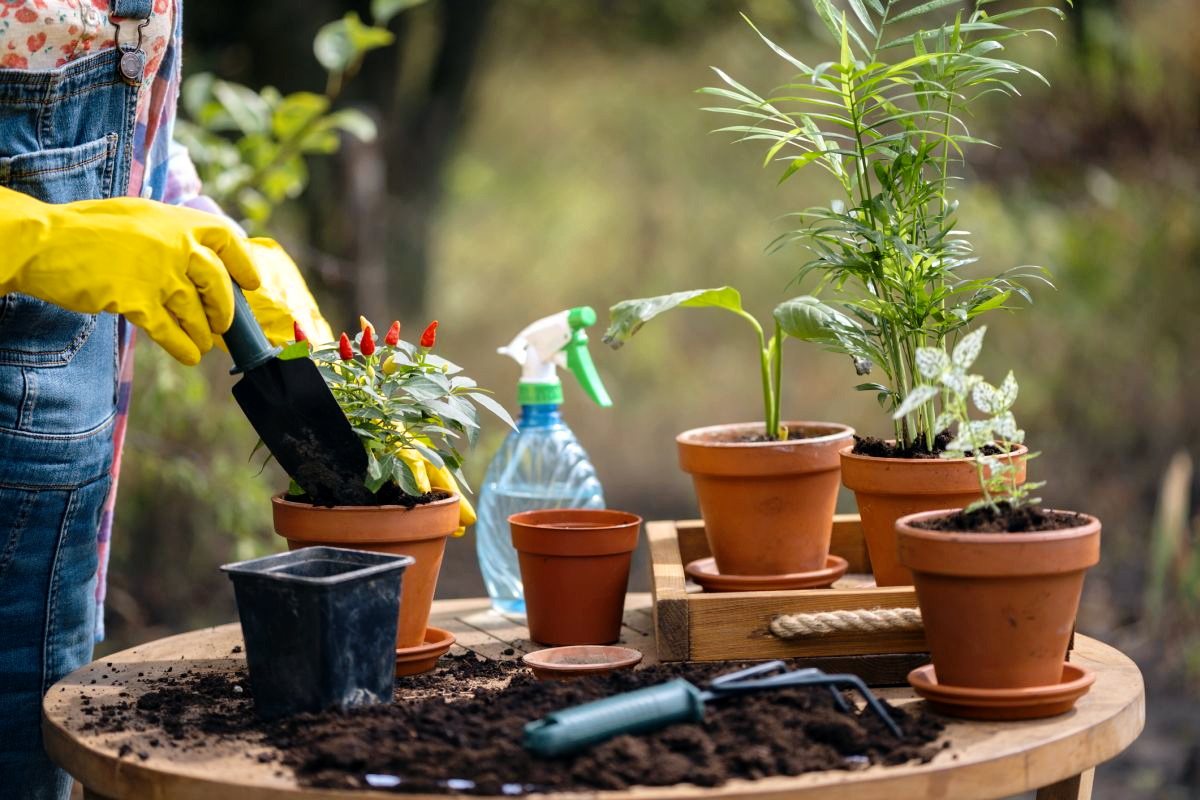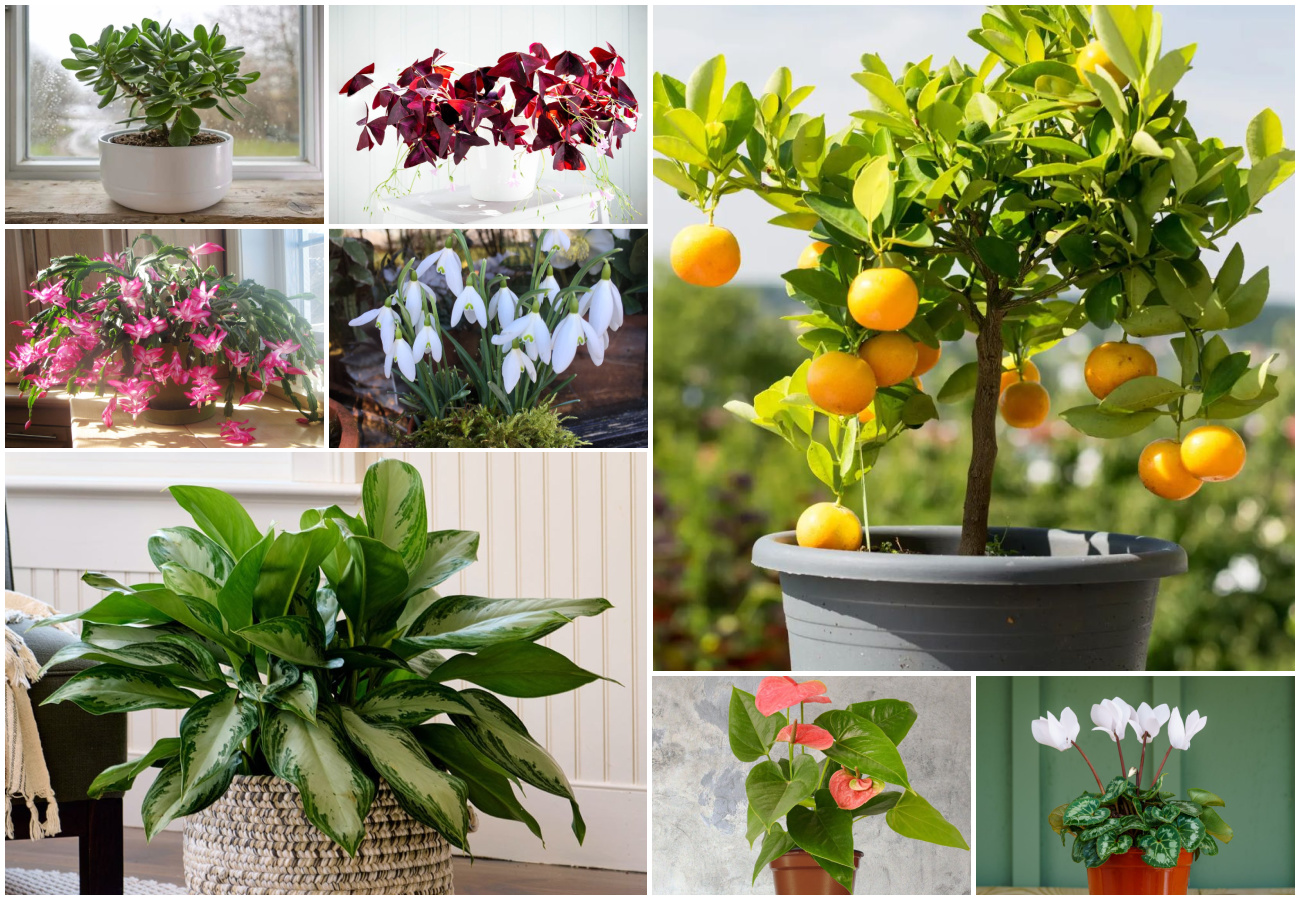The rose is one of the oldest, most recognized flowers throughout the world. When learning how to grow Roses, factors such as placement, care, and maintenance play an important role in the plant’s health.
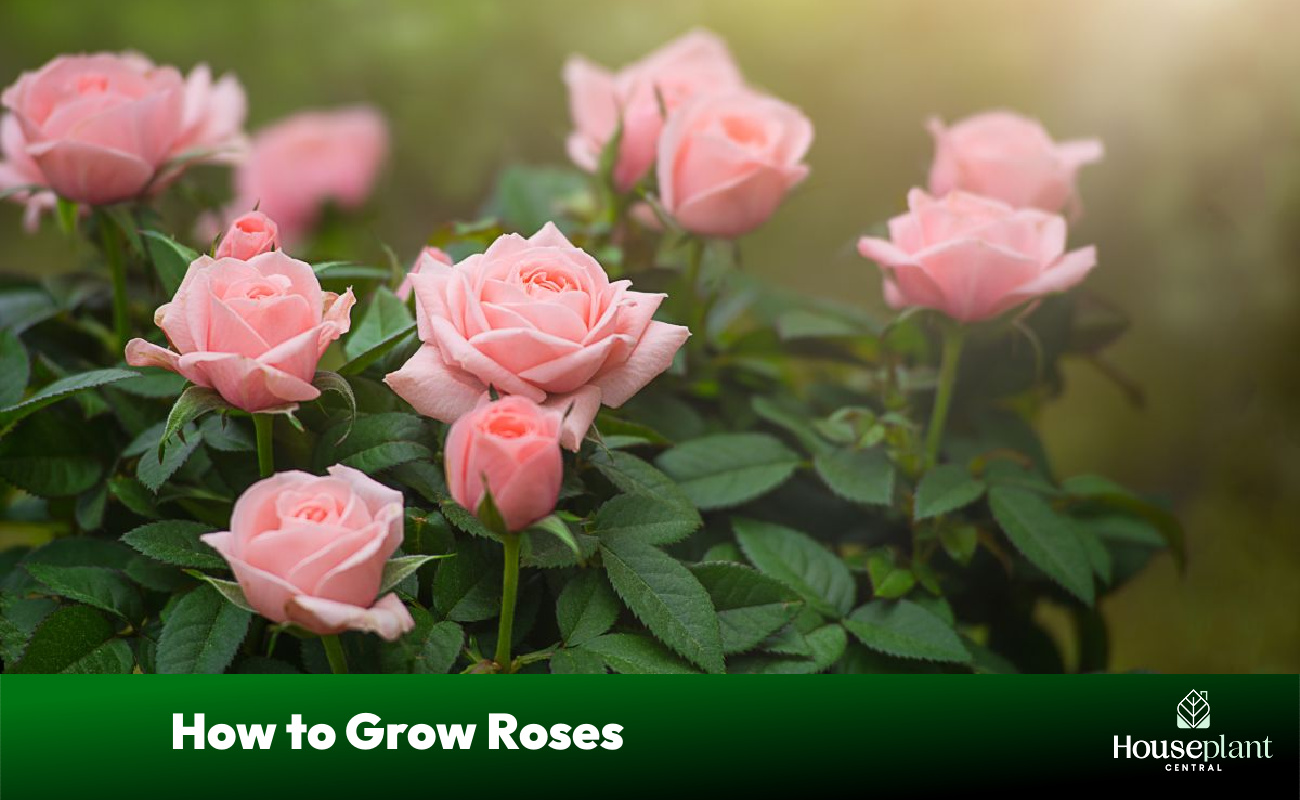
When cared for properly, Roses make a wonderful addition to the garden and are perfect for making your own flower arrangements.
Three Primary Types of Roses
Few plants have been bred more than the Rose. As a result, there are three main types of Roses–the older, pre-hybrid varieties, the modern hybrids, and the wild Roses. Here is an overview of each of the three types.
Heirloom Roses:
Also known as old garden Roses, heirloom varieties are any type of Rose that existed prior to 1867. Due to the popularity of hybrid Roses, only approximately 20 percent of today’s Roses are considered heirlooms. This type of Rose is best known for their intense fragrance and big blooms. Within the group of heirloom Roses there are five main varieties.
Gallicas:
The oldest kind of Roses, originally grown by the Greeks and Romans. These Roses can be single, double, or semi-double blooms growing on low-growing shrubs. These plants are typically low maintenance and grow well in poor soil conditions. These Rose bushes will grow to a height of between three to four feet.
Damask:
This type of heirloom Rose was originally grown in parts of the Mediterranean such as Egypt, Greece, Persia, and Rome. Damask Roses are very fragrant with the bush producing a large amount of thorns. These bushes are cold hardy to zone 4 and will grow between three and seven feet tall.
Albas:
Alba Roses have elegant blooms that grow on a tall, slender bush. The flowers are either pink or white with gray-green foliage. The bush is cold hardy in zones three to nine and will grow well in partial shade. The flowers produce a strong fragrance and make excellent cut flowers for arrangements.
Centifolia:
Also known as the Cabbage Rose because of the blooms’ over 100 petals that overlap much like a head of cabbage. This type of Rose was developed by the Dutch in the 17th and 19th century. The blooms are heavy, globular, and fragrant with foliage featuring large, round leaves. These Roses will overwinter well in zones four and five.
Moss Roses:
These Roses are a result of crossing Centifolias and Damask Roses. The result is a Rose with a moss-like growth on its sepals and a strong, pine-like fragrance. These Roses were bred between 1850 and 1870 and were very popular during the Victorian era. Moss Roses are available in a variety of colors with some being repeat bloomers within one season.
Modern Roses:
Any Rose developed after 1867 is considered a part of the Modern Roses group. These beauties were bred to be sturdy, long-blooming, and disease resistant. They feature flowers with optimal color, shape, size, and fragrance production. Within the Modern Roses group there are three sub-groups:
- Hybrid Tea Rose: The most popular modern Rose type with one single bloom produced at the end of a long stem, making it the perfect cut flower for floral arrangements.
- The Climbing Rose: For climbing Roses, there are the natural climbers and the hybrid tea rose climbers. These varieties send out long canes that cling to fences, walls, and trellis. Depending on the variety, these climbing vines may bloom continuously throughout the season or have one annual blooming period.
- Landscape/Shrub Roses: These Rose bushes were bred to fit well into modern landscape design. These Roses are repeat bloomers, have fewer thorns, and shed their expired blooms naturally. Additionally, these Roses are more insect and disease resistant than other types and require less pruning.
Wild Roses:
Lastly are the wild Roses that have grown free in nature for thousands of years. These Roses will typically bloom from spring to early summer with single bloom flowers.
Planting Roses at the Right Time
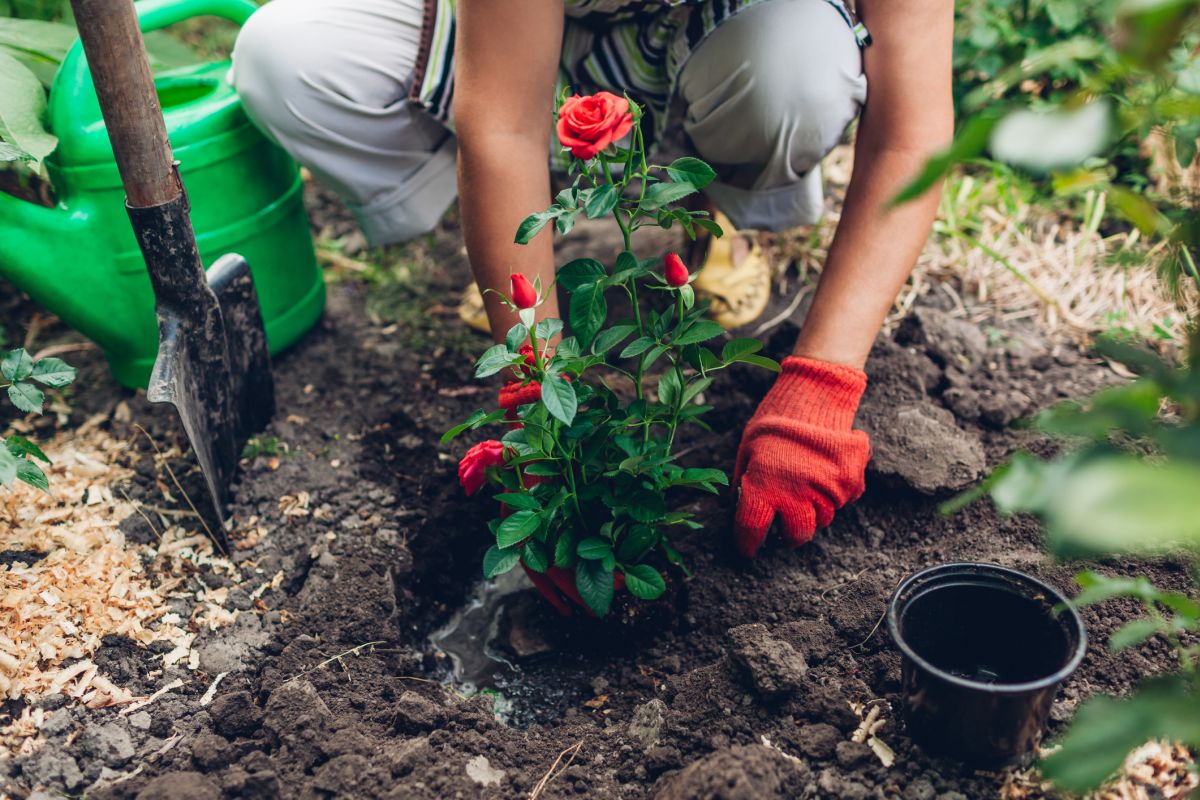
When you plant your Roses will depend on two factors–how the unplanted bush is stored and your climate. When you purchase Rose bushes they will be available in one of two states: bare roots, which is common when ordering Roses to be shipped, and potted Roses, which are common at garden centers.
Bare-Root Roses
In North America, bare-root Roses often ship in early spring. When the bush arrives it will likely look dead, but it’s actually only dormant. In colder parts of North America wait until the last frost has passed and the soil is thawed and workable. For warmer climates, plant your new Rosebush either in early spring or late fall.
For potted Roses, plant the bush any time during the growing season, though early spring gives the new Rose bush more time to establish a healthy root system before cold weather sets in.
Where to Plant Your Roses
Where you choose to plant your Roses is paramount to their success. For optimal growth, pick a place in your garden that receives at least six hours of sunlight per day. Some morning sun is best as it dries the dew off the leaves early in the day, reducing the chance of fungal disease. Partial sun is adequate for some varieties of Roses, but reduced sunlight exposure can weaken the Rose bush over time.
For Northern climates, choose a spot near your house, if possible, to offer some shelter and support for your Rose bush. In Southern climates providing some protection from the afternoon sun will decrease the chance of scorching the foliage and extend the life of the blooms.
The type of soil you grow your Rose bush in is also important. Roses prefer a well-draining soil that is slightly acidic. Aim for a pH level of between 5.5 to 7.0, with 6.5 being ideal. Amend heavy, clay soils to improve drainage and avoid root rot. Aim for a loamy soil that allows water to soak in quickly but does not drain so fast the Rose bush dehydrates.
Planting Your Roses
Always wear heavy gloves to protect your hands from the thorns. You’ll also need a shovel and garden hose or watering can. If you’re planting a bare-root rosebush, soak the root ball for 8 to 12 hours prior to planting to loosen the roots. For Roses in containers, gently remove the bush from the pot and squeeze the root ball to break it up a little and make it less compacted.
Prune each cane of the bush back to only three to five buds per cane. Remove any canes thinner than a pencil completely. Dig a hole in your chosen spot between 15 to 18 inches wide and 2 to 3 inches deeper than your bush’s root ball is tall. Once the hole is dug, place approximately 2 inches of organic matter at the bottom of the hole. Compost or bone meal works well.
Plant the rose bush in the center of the hole and backfill around the root ball as you spread out the roots slightly. Mound the soil around the base to offer protection and support for the canes. Water the bush well to increase contact with the soil and roots. If planting more than one Rose bush, ensure adequate spacing between each bush to increase air circulation.
Planting Companions for Roses
Companion planting is a natural way to improve growth, protect against pests, and prolong blooming color in that area. Plant Lavender, Catmint, or Dianthus around the base of the Rose bush to cover up bare canes at the bottom of the bush.
Heliotropes, Verbena, and Petunias love sun as much as Roses do and also help with the aesthetics of the bush. Planting anything from the onion family–such as chives, Allium, and edible onions not only help to keep aphids away but naturally increase the Roses’ fragrance.
Rose Care
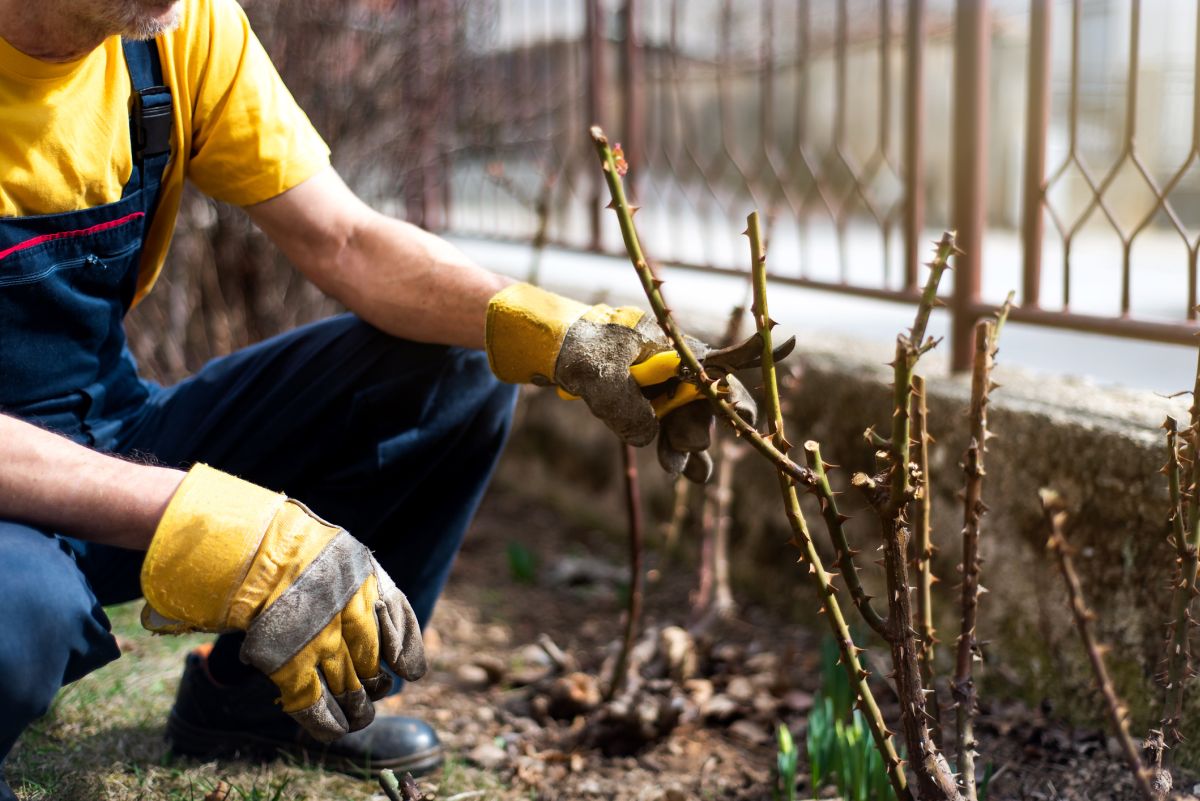
Once your Rose bush is planted, regular care is important to keep your bush healthy to encourage big, beautiful blooms. Water your Rose bush at least twice per week in the hottest part of the summer. Water deeply to encourage deeper root growth. If you notice the water pooling on the soil’s surface for prolonged periods this indicates the soil is too heavy and needs better drainage. Sprinkle two to three inches of peat moss on the top of the soil and gently work it in with a garden fork. Reduce watering in the fall when the temperature lowers.
To encourage optimal blooming, use a balanced, granular fertilizer–either a 5-10-5 or 5-10-10. Avoid liquid fertilizers as they promote soft growth that attracts aphids and other pests. Feed the Rose bush once per month from April to July with ¾ to 1 cup of fertilizer per bush. Sprinkle the fertilizer around the base of the bush but do not let it come in contact with the canes. During the months of May and June add one tablespoon of Epsom salt into the fertilizer. The added magnesium sulfate encourages bottom growth.
Once you’ve planted Roses, it’s important to deadhead expired blooms as they die off. Removal of dead flowers redirects the plant’s energy into bloom production and wards off rot.
Pruning encourages new, healthy growth and removes diseased or damaged stems. For repeat-blooming Roses prune heavily in the spring once the plant begins to leaf. As soon as leaf buds are visible, use a pair of sharp and sterile shears to snip the cane above those leaf buds.
Heirloom and climbing Roses bloom on last year’s growth. Prune the Rose bush in late summer after all the flowering is done.
Throughout the growing season remove any damaged wood or diseased foliage. For large Rose bushes, cut back approximately ⅔ of the bush. Smaller Rose bushes can be cut back to leave between 6 to 12 inches at the base. Cross growth, stems that rub each other, and crowded canes should also be removed. Always cut ¼ inch above an outward-facing bud to prevent compact growth.
Winterizing Your Roses
Proper winterization helps ensure your Roses survive the cold months and come back stronger than ever the following spring. In the fall, cut back any canes over 30 inches long to avoid winter and snow damage. Clean the garden bed around the Rose bush to remove any decaying matter and prevent disease.
Spray the Rose bush with a Rose dormancy spray to ward off fungus. After two to three light frosts, but before the ground freezes, lay two to three inches of mulch or compost around the base of the bush to help protect the roots during the winter.
Growing Roses does take regular care but a healthy, lush Rose bush is a very rewarding addition to your garden. Choose the right location, keep on maintenance, and you’ll have plenty of blooms to enjoy either outdoors or in your own floral arrangements.
Growing Roses FAQ
The Rose is the official birth flower of June.
The Rose is primarily associated with love, though the meaning shifts slightly depending on the color. Red Roses mean passion and romantic love, yellow roses symbolize friendship, pink Roses are perfect to express love between family members, and white Roses symbolize purity and loyalty.
The American Climbing Rose produces large blooms, as does the Summer Nights hybrid tea Rose.
No, all Roses are considered non-toxic and, in fact, are deemed edible.
Depending on care and environment, most Modern Roses will last between six and 10 years. Some older heirloom varieties and climbing Roses can live for 50 years or more.

